The ultra mobile PC (UMPC) you first saw in 2006 has come a long way, but one thing has remained constant – mobile, productive, PC. The early Windows-based products have given way to a range of flexible, powerful and productive 6-inch smartphones and the promise of a new wave of foldable and dockable PC-style solutions. The flexible screen is driving the operating system designers to think again about the multimode and ultra-mobile computer. What’s new?
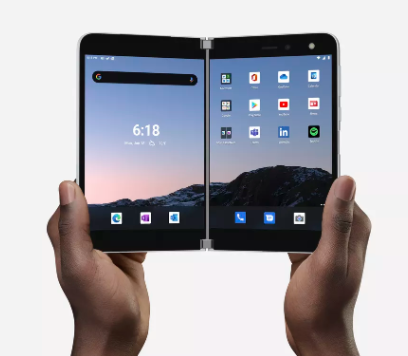
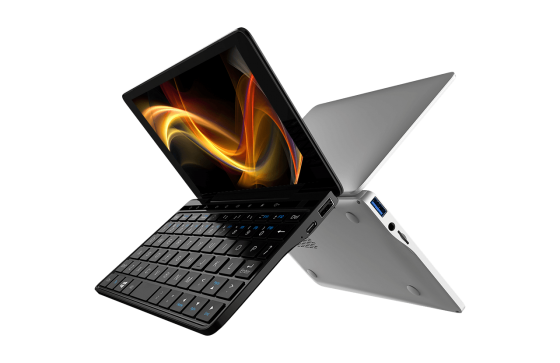
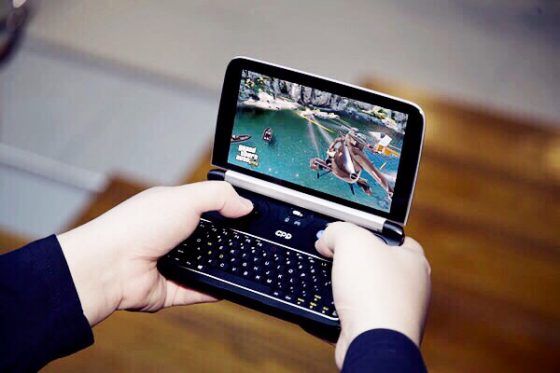
Our Ultra Mobile PC database contains hundreds and hundreds of products with specifications and review information, videos and popularity information, is available if you want to dive in and search.
2019, was the year of the flexible screen. Prices will were very high but productivity could took a big leap forward as 5-inch devices turned into 7 or 8 inch devices.
We were paying between $1000 and $2000 in 2007-2010 for good UMPC so it’s not surprising that new prices started in the same range. Popularity is increasing though and prices are falling.
Importantly, the flexible screen will drive operating system user-interface design. Apple, Samsung and Huawei are already in the game.
Microsoft have announced the Surface Duo too – an Android-based book-like device. It’s not using a flexible screen but the dual-screen interface is very interesting.
What is a UMPC?
We’ll talk about some more products later in this article but first, what is an Ultra Mobile PC? To be specific, it’s a Windows-powered, mobile computer with a built in touchscreen targeted at mobile productivity and flexible connectivity. Some have real keyboards, some don’t. Screen sizes can range from 5-inch (rare) to 8-inch. Beyond that you start to lose the pocketability and the mobility, at least until foldable screens take over.
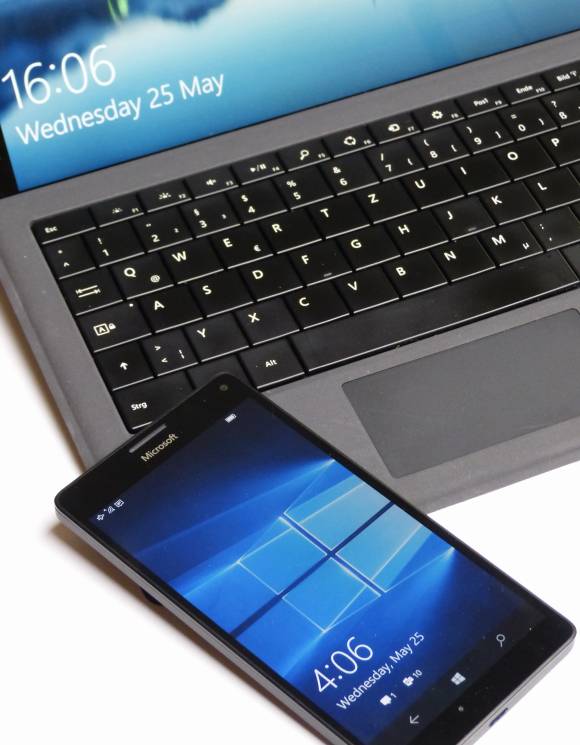
Today a UMPC can also be an ARM device, the same architecture used for highly-integrated and miniaturised mobiles. Microsoft have already welcomed the ARM platform and it will play an important role in the future of mobile computing.
UMPC definition 2006.
A highly portable computing device with 5-10? screen, wired and wireless connectivity that is able to load and run common internet, office, media and pim applications operated through a graphical user interface.
In 2010 we were incredibly happy to have the Viliv N5 which many regarded as the best-designed UMPC ever. Today it looks ugly.

What UMPCs can you buy now?
Windows on ARM is not developing well. The Lenovo IdeaPad Mix 630, the Asus NovaGo were available too but there’s nothing really happening in the sub 10-inch space right now apart from the gaming-focused GPD Win2 which has been reasonably well received. The Surface Go is another choice but it might pay to wait.
GPD is a manufacturer to watch too when it comes to Windows devices too. The GPD P2 Max is interesting.
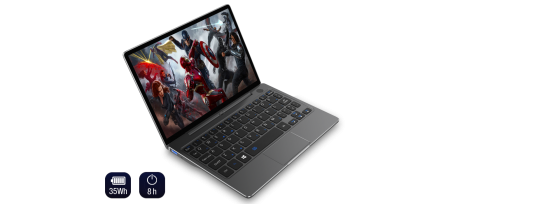
There are a few 9.7 inch devices worth looking into. The Acer Chromebook Tab 10 is one to consider if simplicity and security are your aims but that goes against the grain of the highly flexible UMPC.
The Apple iPad is another option. The software and application ecosystem leads the market and there are a huge range of 3rd party accessories.
This brings us to the latest attempts at UX-morphing mobile operating systems. There are two options to consider right now. Both are based on Android.
Android desktops
Huawei has launched V9 of the EMUI user interface based on Android Q. Available on the Mate and P20 / P30 devices that support HDMI over USB-C, this is a full desktop variant of Android that isn’t quite satisfying the needs of mobile and productive users, yet.
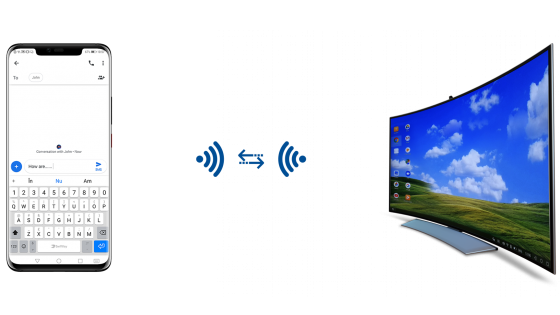
But as cool as EMUI Desktop is, I hadn’t found much use for it — if I’m at home or a hotel, I can just work off a “normal” computer
Forbes
The alternative comes from Samsung who have been developing their DeX user interface for 5 years. If you have a Samsung Galaxy 8, 8X, Note 8 or any of the newer versions of those, you’ve got access!
It’s very early days in the Android desktop space, says everyone. But we tested one over 10 years ago. The big question is, how long is it going to take to crack the nut. Does Microsoft have another chance?
The future of the UMPC
Ultimately, what what everyone want’s to see is a folding 7 – 9 inch screen and keyboard accessory. It looks like the Duo is the device to follow. There are going to be problems that will need ironing out but, that’s were we all play our part in reviews, opinions and feedback.












